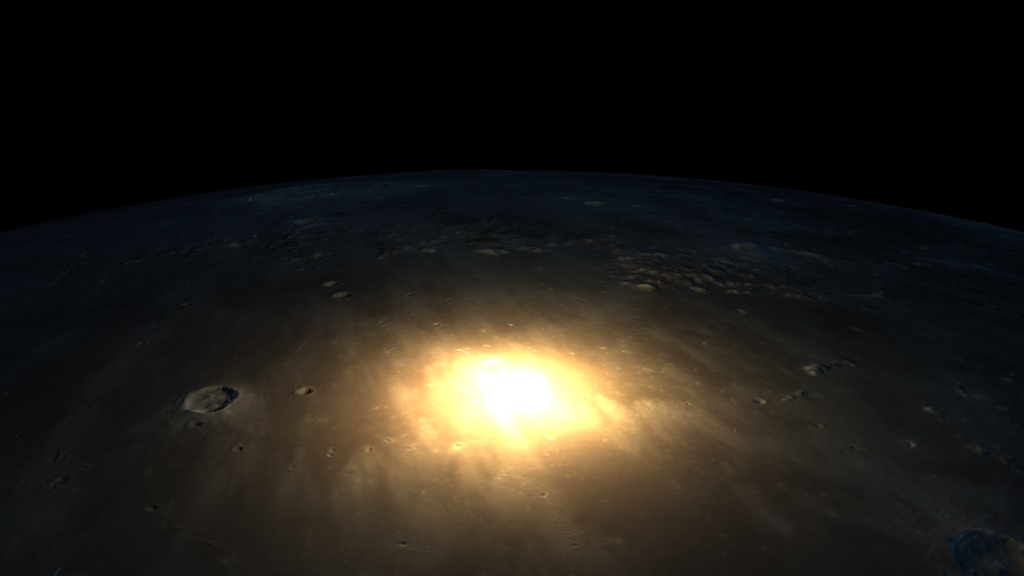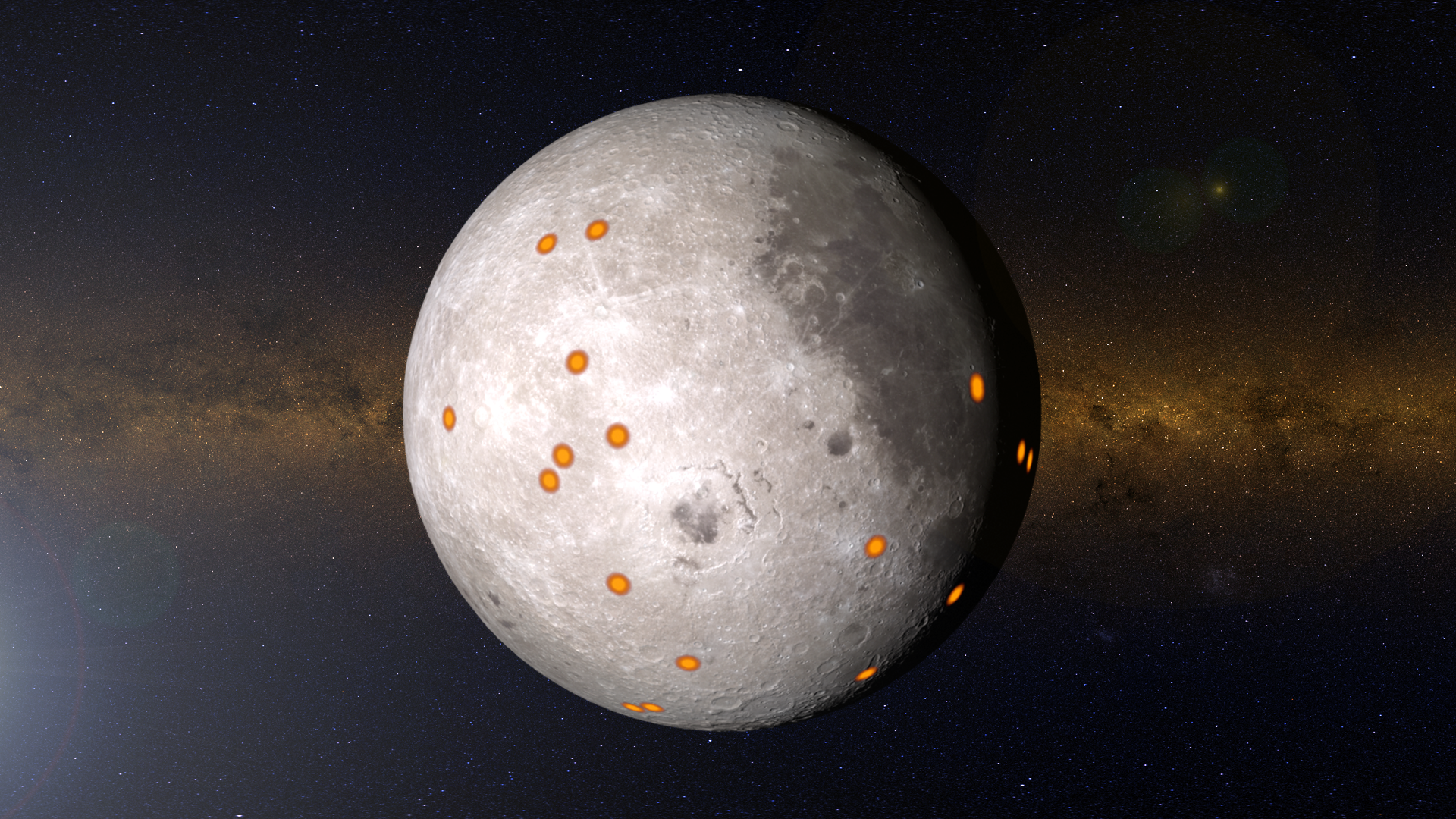Crater Patrol

Explore how a NASA orbiter searches for new craters on the moon.
When humans colonize the moon—or at least send astronauts or robots to work on it—they will want to know how often space rocks crash into its surface and how big the resulting craters are formed and where. To understand the rate and size of such impact events, scientists have been exploring lunar terrain with a series of high-resolution and UV-sensing cameras from NASA’s Lunar Reconnaissance Orbiter (LRO) since 2009. As the spacecraft swoops around the moon, it snaps images of the surface and sends them back to Earth so scientists can scan for new craters. Over the past six years, LRO has detected hundreds of changes on the moon’s surface and identified more than two dozen new impact craters, including a 60-foot in diameter crater that formed on March 17, 2013. Watch the video to learn more.
Learn about the techniques scientists use to investigate the formation of new lunar impact craters in this video.

LRO takes high-resolution images of the moon’s surface that scientists can zoom into and pinpoint the location of new craters.

Before and after images taken by LRO show the location of a new 60-foot in diameter crater (right) that formed on March 17, 2013.

The March 17 crash flung material nearly 100,000 feet from the impact site (red circle). Yellow lines and circles above show the debris pattern.
For More Information
See NASA.gov
Credits
Please give credit for this item to:
NASA's Goddard Space Flight Center
-
Writer
- Julia Calderone (USRA)
-
Scientists
- Mark Robinson (Arizona State University)
- John Keller (NASA/GSFC)
- Noah Petro (NASA/GSFC)
-
Producers
- Dan Gallagher (USRA)
- John Caldwell (Advocates in Manpower Management, Inc.)
-
Editor
- Dan Gallagher (USRA)
-
Animators
- Ernie Wright (USRA)
- Chris Meaney (HTSI)
- Chris Smith (Self)
-
Videographer
- Rob Andreoli (Advocates in Manpower Management, Inc.)
Release date
This page was originally published on Thursday, May 21, 2015.
This page was last updated on Wednesday, May 3, 2023 at 1:49 PM EDT.

